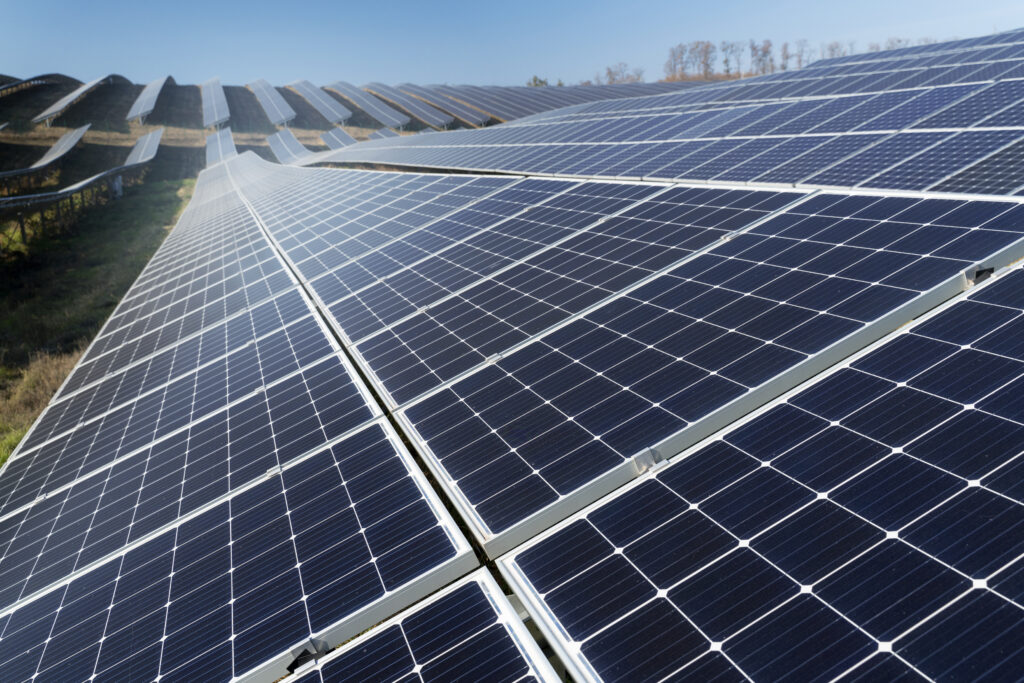As the world grapples with rising energy demands and the urgent need for environmental sustainability, solar energy has emerged as a key solution. Among the most accessible and effective methods of harnessing solar energy is the rooftop solar power system. In India, the government has been actively promoting this clean energy source through the Rooftop Solar Power Scheme, enabling households and businesses to generate electricity right from their rooftops.
In this article, we’ll explore the ins and outs of this scheme—what it is, how it works, its benefits, and how you can apply to install a solar system on your rooftop.
Table of Contents
ToggleWhat Is the Rooftop Solar Power Scheme?
The Rooftop Solar Power Scheme is an initiative by the Ministry of New and Renewable Energy (MNRE), Government of India, to promote solar energy by encouraging individuals, housing societies, and commercial entities to install solar panels on their rooftops.
Launched under the broader umbrella of the National Solar Mission, the scheme aims to achieve 40 GW (gigawatts) of rooftop solar capacity by 2026. To make this feasible and attractive, the government offers financial subsidies, technical support, and simplified procedures for installation.
How Does a Rooftop Solar System Work?
A rooftop solar system typically consists of solar panels, an inverter, a net meter, and supporting structures. Here’s how it works:
- Solar Panels mounted on your roof absorb sunlight and convert it into direct current (DC) electricity.
- An Inverter then converts DC into alternating current (AC), which is the form of electricity used in homes.
- A Net Meter tracks the electricity you consume from the grid and the excess electricity your system sends back to the grid.
- If your solar system generates more electricity than you use, the surplus is fed into the grid, and you receive a credit or compensation on your electricity bill. This is known as net metering.

Benefits of Rooftop Solar Power
1. Cost Savings
One of the biggest advantages is the reduction in electricity bills. Depending on your location, usage, and system size, you can save up to 80% on your monthly electricity expenses.
2. Environmental Impact
Solar energy is clean, renewable, and non-polluting. By installing rooftop solar, you reduce your carbon footprint and contribute to a greener planet.
3. Low Maintenance
Solar systems require minimal maintenance. A periodic cleaning of the panels and annual servicing is usually sufficient to ensure optimal performance.
4. Energy Independence
By generating your own electricity, you reduce your reliance on the grid, especially during peak demand or power cuts.
5. Increase in Property Value
Homes and buildings with solar systems are often valued higher due to their energy efficiency and lower operational costs.
Subsidies and Financial Incentives
Under the PM Surya Ghar: Muft Bijli Yojana, the government provides subsidies up to ₹78,000 for residential solar installations. Here’s a rough breakdown (as of 2025):
- Up to 2 kW system: ₹30,000 per kW
- 2 kW to 3 kW: ₹18,000 per additional kW
- Above 3 kW: Capped subsidy at ₹78,000
These subsidies apply only if the system is installed through empanelled vendors listed under the National Portal for Rooftop Solar.
Additionally, some state governments offer extra subsidies, rebates, or exemptions on property taxes and electricity duties.
Who Can Apply?
The scheme is open to:
- Individual homeowners
- Housing societies and residential complexes
- Educational institutions
- Government buildings
- Commercial and industrial establishments
Note: The type and amount of subsidy may vary depending on the category and size of the solar installation. Residential users usually receive the highest subsidies.
How to Apply: Step-by-Step Guide
1. Visit the National Portal
Go to the official National Portal for Rooftop Solar (https://solarrooftop.gov.in).
2. Register and Login
Create an account using your electricity connection details (Consumer ID and Distribution Company).
3. Apply for Rooftop Solar
Choose a vendor from the empanelled list, upload necessary documents, and submit your application.
4. Installation and Inspection
After the application is approved, the vendor installs the solar system. A government official or distribution company representative will then inspect the system for quality and safety.
5. Net Metering and Commissioning
Once the system passes inspection, a net meter is installed. Your system is connected to the grid, and you can start generating your own power.
6. Claim Subsidy
After installation and approval, you can claim your subsidy directly through the portal. The subsidy amount is transferred to your bank account.
Considerations Before Installing
Before jumping into solar installation, consider these factors:
- Roof Space: You need adequate unshaded space with good sunlight exposure.
- Load Requirement: Assess your average monthly electricity consumption.
- Budget: While subsidies help, some upfront investment is required.
- Panel Orientation: South-facing rooftops are ideal for solar panel installation in India.
Common Myths and Misconceptions
Myth 1: Solar panels don’t work in cloudy or rainy weather.
Reality: Solar panels still generate electricity in diffuse light, although at lower efficiency.
Myth 2: Maintenance is expensive and complicated.
Reality: Maintenance is minimal. Basic cleaning and annual checks are usually enough.
Myth 3: Only large houses or buildings can benefit.
Reality: Even small homes with 100–200 sq ft of space can install a 1–2 kW system and reduce their bills.
Final Thoughts
The Rooftop Solar Power Scheme is more than just a government initiative—it’s a transformative opportunity for individuals and communities to embrace clean energy, save money, and contribute to national energy security. With rising electricity costs and environmental concerns, rooftop solar is no longer a luxury but a wise, forward-looking investment.
Whether you’re a homeowner, a building manager, or a small business owner, switching to rooftop solar can illuminate not just your premises, but your financial future and the planet.
Ready to switch to solar? Visit https://solarrooftop.gov.in and start your journey toward energy independence today.
Disclaimer: We make every effort to ensure the information published on this website is accurate and current. However, we do not guarantee the completeness, accuracy, or reliability of any content. For the most accurate and up-to-date information, please refer to the official sources or websites directly.






